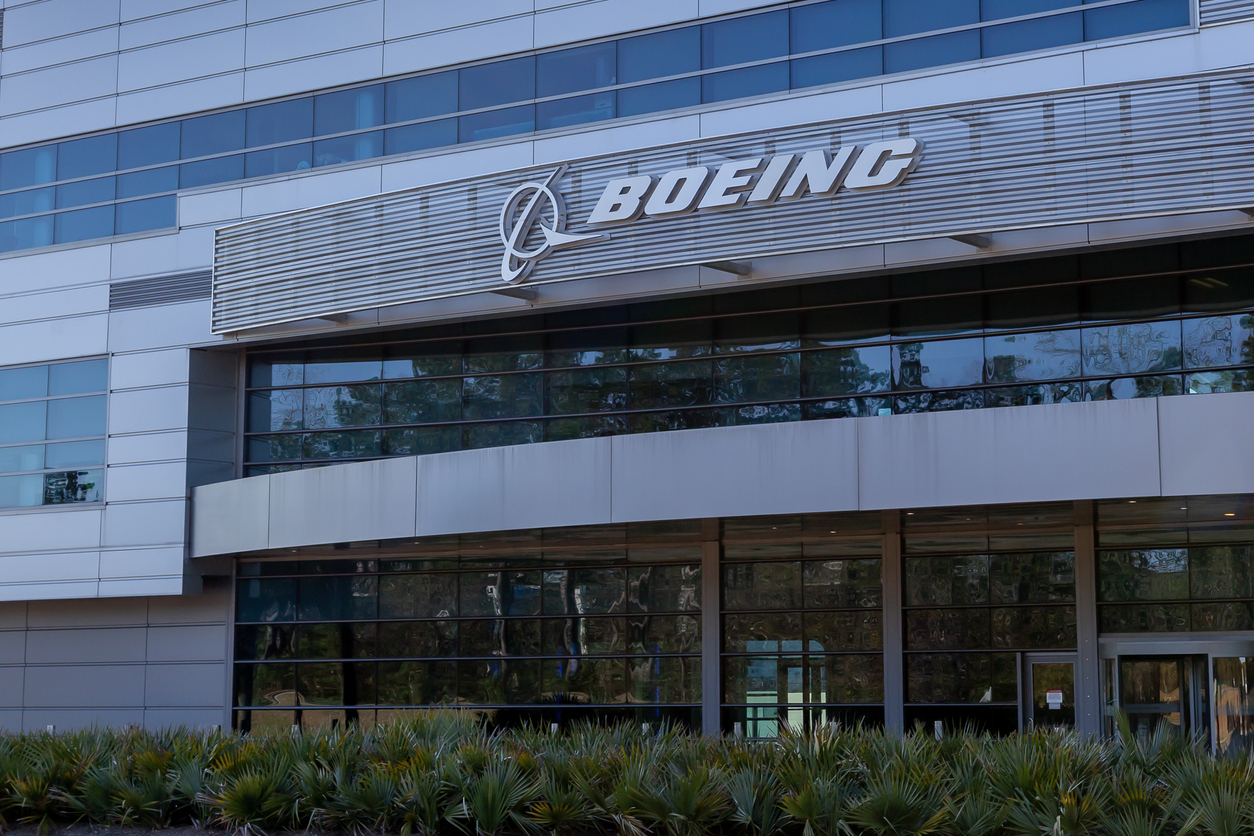How Boeing has communicated about 737 Max 9 disaster
Handling the aftermath of a life-or-death crisis is harrowing. Here’s what you can learn from Boeing.

We’ve all seen the picture by now, the gaping hole in the side of an Alaska Airlines plane, passengers seated nearby, their oxygen masks dangling. Anyone who’s flown before can imagine what it must have felt like if we were sitting there, the terror, the screaming wind tearing clothes away, a frantic mother struggling to hold her child in place.
Boeing President and CEO Dave Calhoun has seen that picture too. The first time he viewed it, he said he didn’t know what had happened to the person who had been in that seat. “I got kids, I got grandkids and so do you,” Calhoun said through tears in an all-hands meeting. “This stuff matters.”
Thankfully, the plane stayed in the sky and no one was killed. But the incident is bringing intense scrutiny to Boeing, the manufacturer of the 737 Max 9 jet. Inspections of all Max 9s have subsequently revealed bolts in the door plug in need of tightening. There will doubtless be many engineering and manufacturing challenges in the days ahead. Legal and legislative consequences loom too.
But how has Boeing communicated about this disaster, coming just years after crashes on other 737 Max plane models left more than 300 dead? There are lessons here for all communicators facing their own crises.
A strong website
Visitors to Boeing.com are immediately greeted with the information they came to see: “Updates on Alaska Airlines Flight 1282 and the 737-9,” the banner in the hero spot on the homepage reads. The company understands that right now, people probably aren’t looking for its sustainability pledge. Rather than pretend one can hide from this massive news event, the information people truly want is instantly accessible.
Upon clicking on that page, users are first shown a 4-minute clip of Calhoun’s address to Boeing employees. We’ll address Calhoun’s role in crisis response below, but leading with a strong, empathetic message that takes responsibility for the disaster and puts a human face on the incident certainly helps matters.
From there, the page offers a reverse-chronological listing of all statements from Boeing since the day it began. This layout makes life easier for their surely overwhelmed comms department: all the statements are published there, with clear attribution, ready for journalists to pull for themselves and incorporate into their reporting.
Seeing the evolution of statements in real-time is an incredibly helpful tool for communicators. It begins with barebones, terse statements in which no real information was available: “We are aware of the incident involving Alaska Airlines Flight 1282. We are working to gather more information and are in contact with our airline customer. A Boeing technical team stands ready to support the investigation.”
As time progressed and the situation became clear, the statements showed more details. Their statement dated Jan. 15 outlines five specific actions the group is taking throughout the company to “strengthen quality” after the inspections. The points are easy to understand, even though they’re discussing an intensely technical topic.
One other strength of this website strategy is in making internal conversations external. Many of the statements on the website specify that they began as emails sent to Boeing employees, or like Calhoun’s address at the top of the page, took place during meetings. This approach to mixternal communications both saves time and shows that Boeing is telling one story to everyone: what happened isn’t OK. They must do better. And they can only do that together.
CEO out front
Beyond unattributed statements, Calhoun has acted as the primary face and voice of Boeing through this crisis. While some statements in the newsroom are attributed to Boeing Commercial Airplanes President and CEO Stan Deal, Calhoun appears at the top of the newsroom. He also appeared in an in-person interview with CNBC – almost certainly a move to calm a skittish stock market and buyers.
In his CNBC interview, Calhoun repeats the same story about his reaction to seeing the photo of the hole in the Alaska Airlines craft, with the same upwelling of emotion, which may be out of place on a business-focused program. But he quickly got down to brass tacks.
When asked what happened, Calhoun responded bluntly, with short, simple sentences that took clear ownership: “Well, what happened is exactly what you saw, a fuselage plug blew out. That’s the mistake. It can never happen. We’re not allowed that to happen.”
He tried to spin the inspection as a positive, noting that the data they gain will help determine Boeing’s next actions. Throughout, he repeated that this can “never happen again,” and emphasized that Boeing will take all the time it needs to fix this problem.
Calhoun comes across as credible, taking responsibility for the problem and working to fix it. Boeing’s newsroom and statements show seriousness and transparency. But will any of that be enough in the face of yet another life-threatening crisis?
Learn more about navigating complex challenges like these at Ragan’s Public Affairs & Speechwriting Virtual Conference on Wednesday, February 21, 2024 11 a.m.-3:30 p.m. ET.
Allison Carter is editor-in-chief of PR Daily. Follow her on Twitter or LinkedIn.







